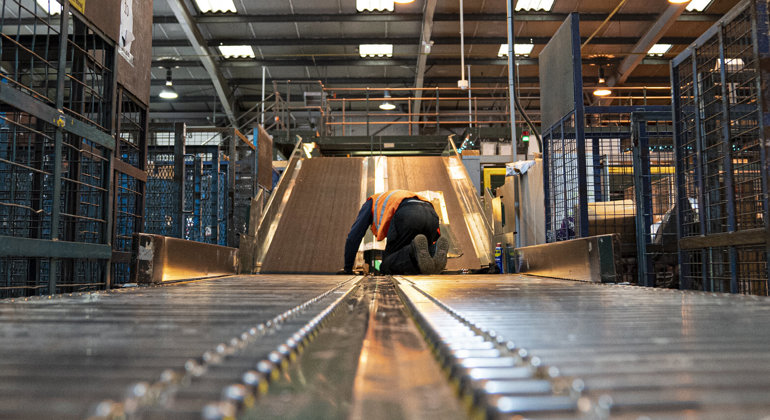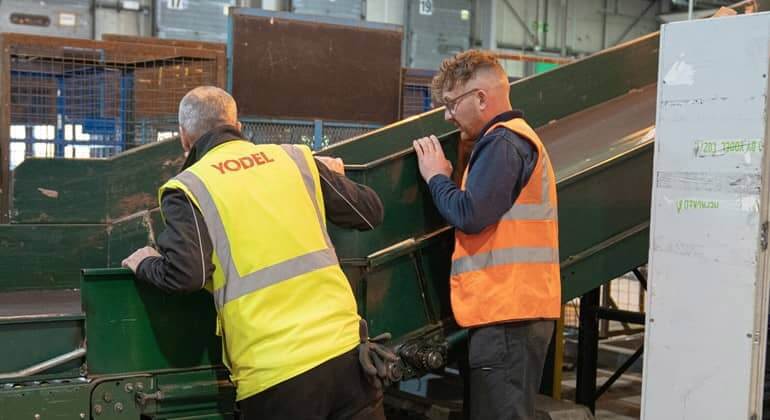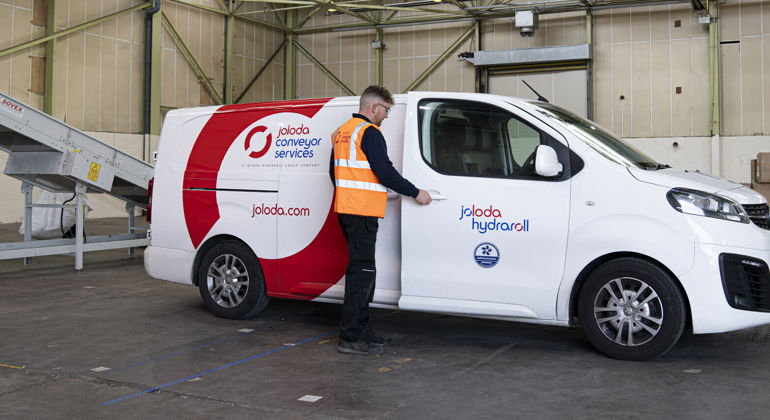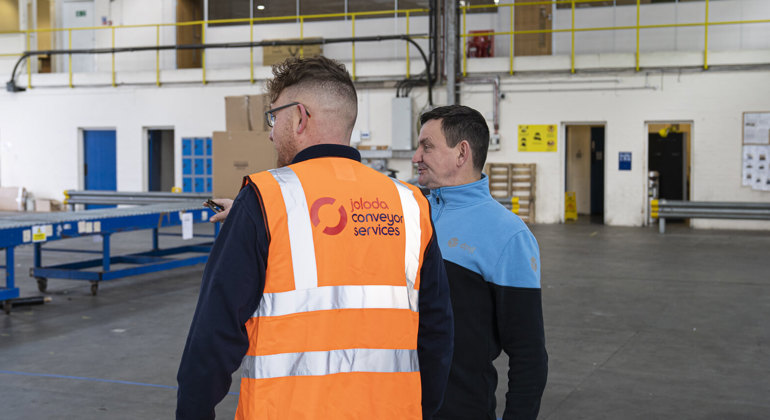Vulcanisation is a crucial process in manufacturing conveyor belts and maintaining them that fuses together the various components of the conveyor belt. Essentially, conveyor belts comprise several different layers of rubber, and hot and cold vulcanising techniques bonds these layers together chemically. This creates a more robust product and extends the conveyor belt lifespan.
Below, we take a deeper dive into vulcanising and look at different vulcanising techniques, conveyor belt joining methods, the vulcanising process in-depth and the role of vulcanising in enhancing conveyor belt strength and durability. We’ll also discuss the importance of regular Conveyor Belt Maintenance alongside the vulcanisation bonding process, how to tell when a conveyor belt needs replacing and how you can identify a suitable vulcanising partner.
book a free conveyor assessment
We'll visit you to perform a thorough conveyor assessment and identify opportunities to improve your logistics processes.
BOOK NOW


















